Best Backpacking in Colorado: Colorado is a backpacker’s paradise, offering a diverse range of landscapes and trails for unforgettable outdoor adventures.
With its soaring mountains, picturesque alpine lakes, and vast wilderness areas, the state has become a top destination for backpacking enthusiasts.
Contents
In this comprehensive guide, we will delve into the best backpacking experiences Colorado has to offer, from selecting the right trails to packing essential gear and ensuring your safety on the journey.
So, get ready to embark on an unforgettable backpacking expedition through the stunning wilderness of Colorado!
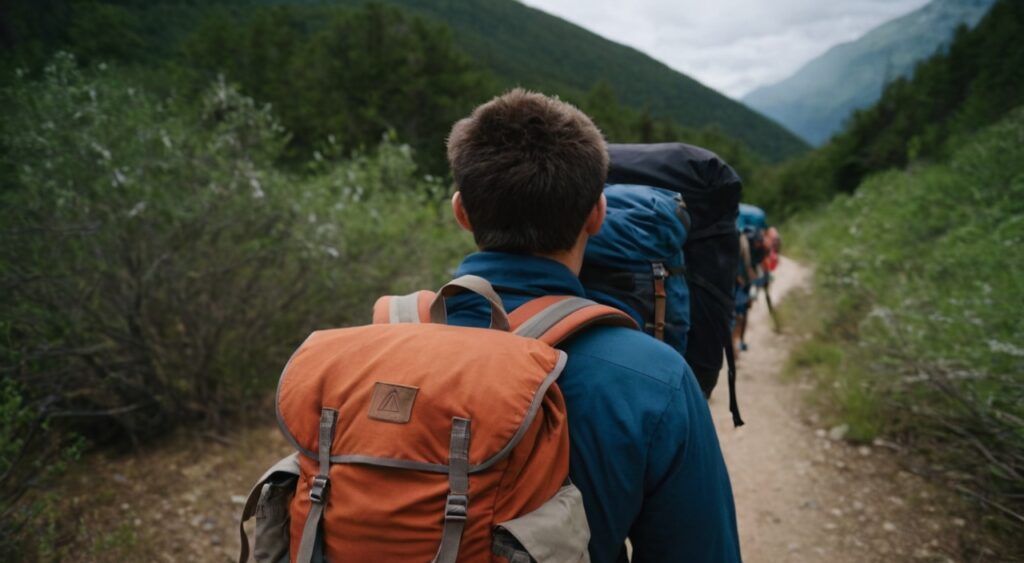
Best Backpacking in Colorado
Backpacking is an immersive way to experience the beauty of nature and escape the hustle and bustle of everyday life.
And when it comes to backpacking in Colorado, the options are limitless. Whether you’re a beginner or an experienced backpacker, the state offers trails that cater to all skill levels.
From the towering peaks of the Rocky Mountains to the serene beauty of the San Juan Mountains, you’ll find adventure around every corner. Let’s dive into the planning process and explore the best backpacking trails Colorado has to offer.
Planning Your Backpacking Trip in Colorado
- Researching and Selecting the Best Backpacking Trails
- Factors to consider: difficulty level, scenery, trail conditions, and availability of permits.
- Top backpacking trails in Colorado: Maroon Bells-Snowmass Wilderness, Indian Peaks Wilderness, and Colorado Trail.
- Online resources to find detailed trail information.
- Duration and Difficulty Level of the Trip
- Determining the length of your backpacking trip based on available time and fitness level.
- Understanding the difficulty ratings of trails and choosing the appropriate level for your experience.
- Gathering Necessary Information on Permits and Camping Regulations
- Researching permit requirements and reservation systems for popular backpacking destinations.
- Familiarizing yourself with camping regulations, including designated campsites and campfire restrictions.
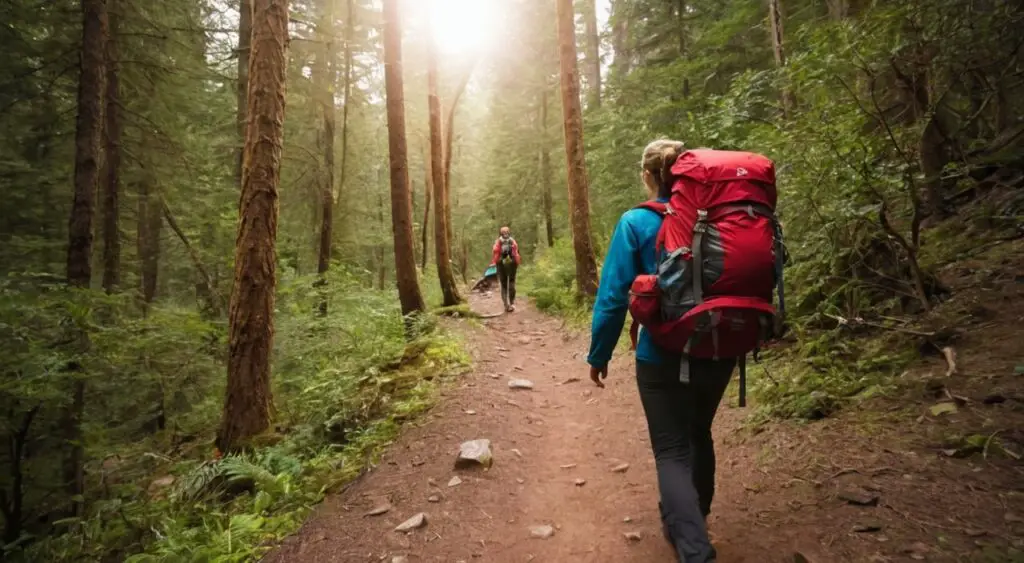
Essential Gear for Colorado Backpacking
Before setting off on your backpacking adventure, it’s crucial to equip yourself with the right gear and clothing to ensure comfort and safety along the way. Consider the following essentials:
- High-quality backpack fitting your body type and gear requirements.
- Sleeping bag, tent, sleeping pad, and camping stove.
- Navigation tools like a map, compass, or GPS device.
- Multi-tool, headlamp, and other miscellaneous items for convenience.
- Recommended Clothing and Footwear for Different Seasons
- Layering system for versatile clothing options in changing weather conditions.
- Sturdy hiking boots and moisture-wicking socks for comfort and foot protection.
- Rain gear, sun protection, and warm layers for unpredictable mountain weather.
- Evaluating gear based on weight, durability, and functionality.
- Recommendations for lightweight and compact gear options.
- Renting or borrowing gear for beginners before investing in expensive equipment.
Preparing Your Backpacking Food and Water
Food and water are essential considerations for any backpacking trip. Proper planning and preparation will ensure you have nourishment and hydration throughout your adventure in the Colorado wilderness.
- Importance of Carrying Lightweight and Nutritious Food
- Pack lightweight, calorie-dense foods to fuel your body during strenuous hikes.
- Focus on dehydrated meals, energy bars, nuts, and dried fruits for easy storage and preparation.
- Consider dietary restrictions and personal preferences when selecting backpacking meals.
- Water Purification Methods for Backpacking Trips
- Various methods for treating water in the backcountry: filtration, chemical treatment, and boiling.
- Lightweight water filtration systems and purification tablets as convenient options.
- Locating reliable water sources and planning water resupply points along the trail.
- Suggestions for Cooking and Storing Food on the Trail
- Lightweight camp stoves and cookware options for backpacking meals.
- Proper food storage techniques to prevent encounters with wildlife.
- Leave No Trace principles for responsible waste disposal while backpacking in Colorado.
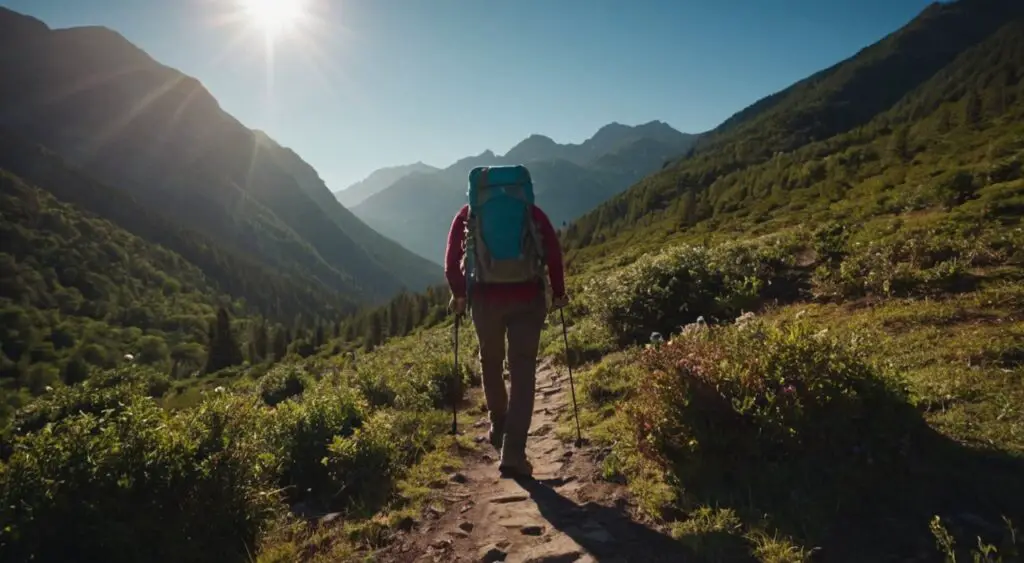
Safety Considerations for Colorado Backpacking
The safety of backpackers is paramount, and taking necessary precautions ensures a successful and worry-free outdoor experience. Be sure to prioritize safety by considering the following:
- Understanding the Potential Hazards in Colorado’s Wilderness
- Recognizing common risks: altitude sickness, wildlife encounters, and adverse weather conditions.
- Conducting thorough research on specific trail conditions and potential hazards.
- Seeking advice from experienced backpackers or local authorities.
- Proper trip planning, including sharing itineraries with family or friends.
- Maintaining situational awareness on the trail and being prepared for unexpected situations.
- Navigation skills and familiarity with trail maps to prevent getting lost.
- First Aid Essentials and Knowledge for Emergencies
- Assembling a comprehensive first aid kit tailored to backpacking needs.
- Basic knowledge of first aid procedures for common injuries and ailments.
- Understanding when it’s necessary to seek professional medical help in remote areas.
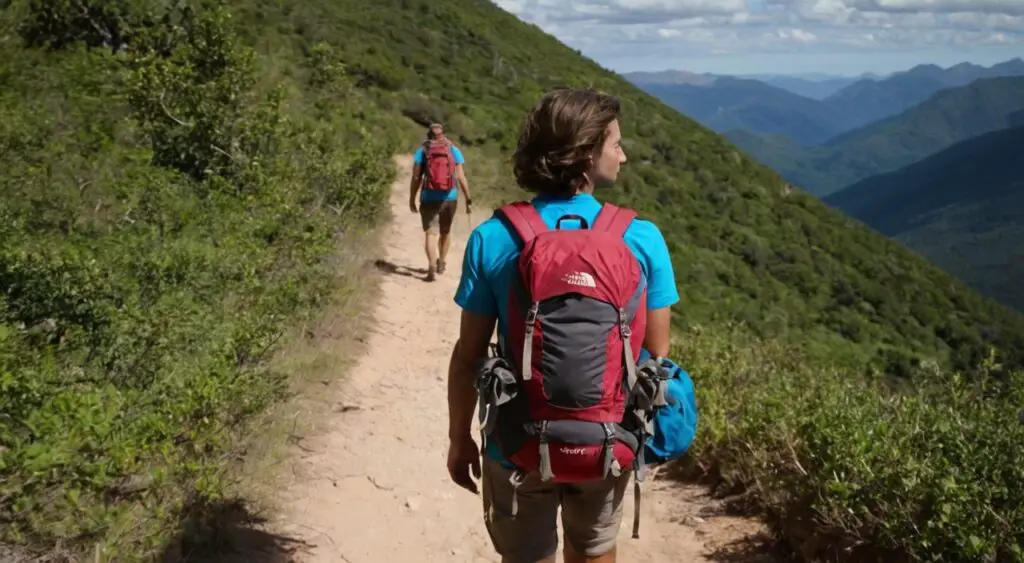
Leave No Trace Principles for Backpacking in Colorado
Preserving the pristine beauty of Colorado’s wilderness is incredibly important for future generations. Follow these Leave No Trace principles to minimize your environmental impact while backpacking:
- Educating on the Leave No Trace Ethics
- Overview of the seven Leave No Trace principles.
- Understanding the importance of responsible outdoor recreation.
- Applying the Principles to Minimize Environmental Impact
- Proper disposal of waste, including human waste and trash.
- Respecting wildlife and their habitats by observing from a distance.
- Leaving natural objects undisturbed and avoiding unnecessary alterations to the landscape.
- Importance of Preserving the Natural Beauty of Colorado’s Wilderness
- Encouraging others to adopt Leave No Trace practices.
- Engaging in volunteer opportunities to help maintain trails and wilderness areas.
- Being a steward of the environment and setting an example for future backpackers.
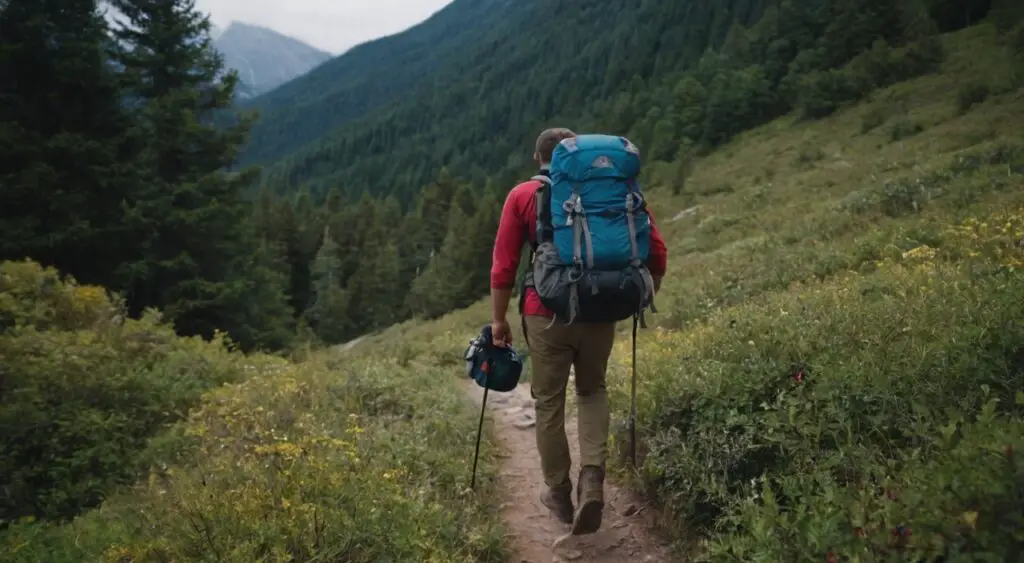
Wildlife Encounter Tips for Backpackers in Colorado
Encountering wildlife is an exhilarating experience, but it’s essential to understand how to safely interact with Colorado’s diverse array of animals. Stay informed and follow these guidelines:
- Common Wildlife Species in Colorado and Their Behavior
- Identification and characteristics of animals like black bears, bighorn sheep, moose, and more.
- Understanding their natural behavior and how to interpret warning signs.
- Appropriate Actions during Wildlife Encounters
- Maintaining a safe distance and never approaching or feeding wildlife.
- Reacting calmly and making yourself appear larger if confronted.
- Understanding the specific recommendations for encounters with different species.
- Tips for Storing Food and Garbage to Avoid Attracting Animals
- Proper techniques for storing food securely to prevent wildlife from accessing it.
- Utilizing bear canisters or hang systems to protect food and minimize wildlife conflicts.
- Keeping a clean campsite and packing out all trash responsibly.
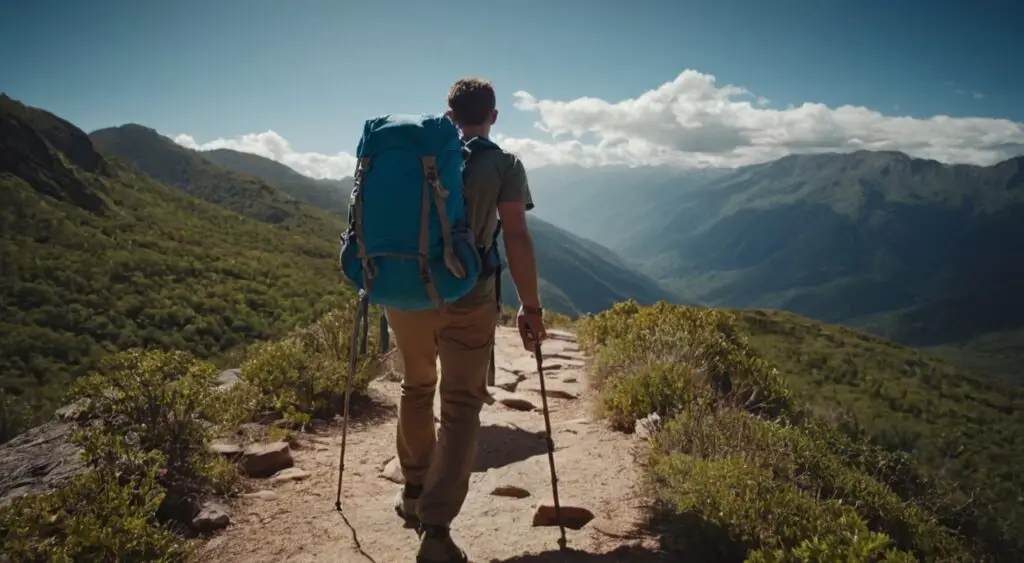
Photography Opportunities and Tips for Backcountry Backpacking
Capture the stunning landscapes and memorable moments of your backpacking adventure in Colorado with these photography tips:
- Capturing the Breathtaking Landscapes of Colorado
- Iconic photography locations in Colorado, including Maroon Bells, Great Sand Dunes, and more.
- Tips for composing landscape shots and capturing the beauty of the wilderness.
- Recommended Photography Gear and Techniques
- Cameras, lenses, and accessories suitable for backpacking.
- Techniques for shooting in various lighting conditions and capturing wildlife encounters.
- Post-processing tips to enhance and share your backpacking photos.
- Respecting the Tranquility of Nature While Photographing
- Understanding photography ethics and ensuring minimal disturbance to the environment.
- Considerations for photographing sensitive areas and adhering to any specific regulations.
- Encouraging ethical practices among fellow backpackers and nature enthusiasts.
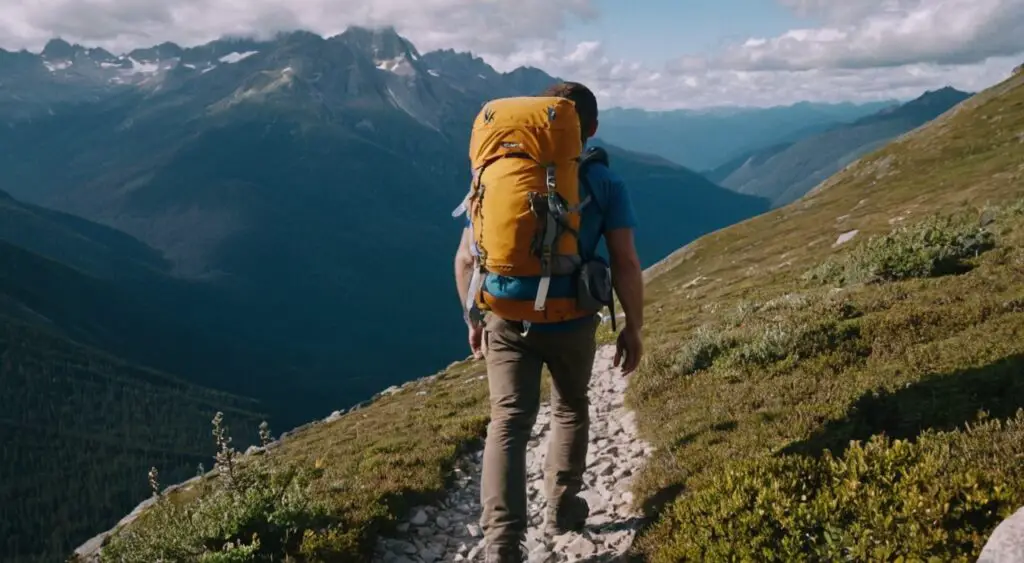
Group Backpacking vs. Solo Backpacking in Colorado
Deciding whether to embark on a solo adventure or join a group for your backpacking trip is a personal choice. Consider the following factors when making your decision:
- Pros and Cons of Backpacking in Groups or Alone
- Benefits of group backpacking, including shared responsibilities and camaraderie.
- Solo backpacking advantages, such as self-reliance and the freedom to set your own pace.
- Determining trip logistics, including setting objectives, assigning roles, and establishing communication systems.
- Group dynamics and fostering a positive and inclusive atmosphere.
- Ensuring proper safety measures and accounting for different skill levels within the group.
- Factors to Consider for a Successful Solo Backpacking Experience
- Extra precautions for solo backpackers, including trip planning and emergency preparedness.
- Building confidence and self-sufficiency through solo adventures.
- Solo backpacking destinations in Colorado suitable for first-time solo backpackers.
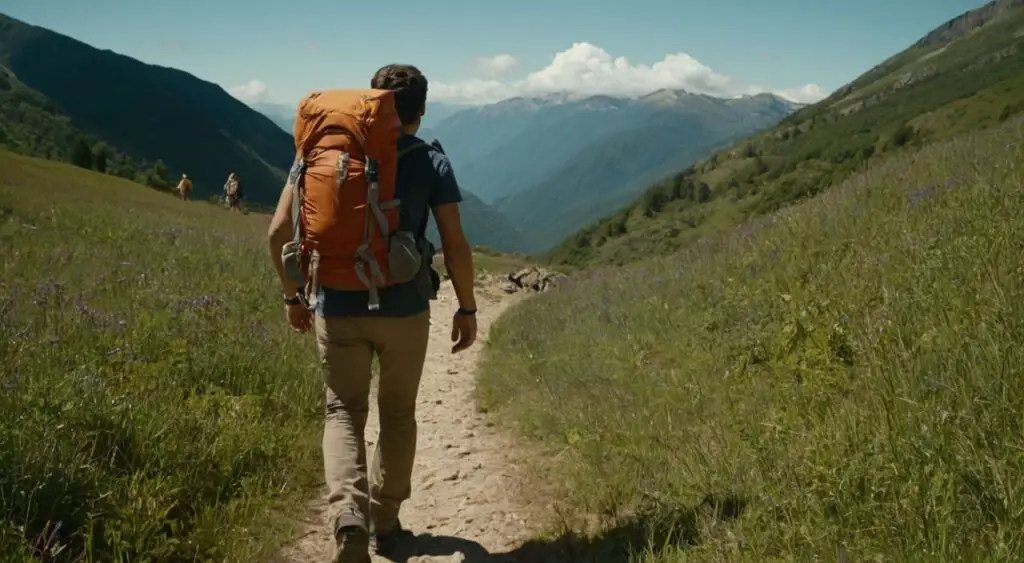
Best Times of the Year for Backpacking in Colorado
Understanding the seasonal variations and weather patterns in Colorado is crucial when planning your backpacking trip. Consider the following information:
- Overview of the Four Seasons in Colorado and Their Conditions
- Spring: wildflowers, melting snow, and potential for unpredictable weather.
- Summer: warm temperatures, busy trails, afternoon thunderstorms, and longer daylight hours.
- Fall: vibrant foliage, cooler temperatures, and more stable weather.
- Winter: cold temperatures, deep snowpack, and potential for avalanche danger.
- Recommended Months for Different Backpacking Trails
- Seasonal considerations for each backpacking destination in Colorado.
- Recommended months for popular trails based on weather and trail conditions.
- Weather Considerations and Preparation for Each Season
- Packing appropriate clothing layers for specific seasons.
- Understanding weather forecasts and adapting your plans accordingly.
- Winter backpacking tips, including avalanche safety and cold-weather gear recommendations.

Conclusion
Colorado offers unparalleled opportunities for backpacking enthusiasts to immerse themselves in the stunning beauty of its wilderness.
By selecting the best backpacking trails, packing essential gear, and prioritizing safety and Leave No Trace practices, you can embark on an incredible adventure through the state’s diverse landscapes.
Gear up, plan your trip, and get ready to experience the best backpacking in Colorado the perfect recipe for lifelong memories and a deep connection with nature’s wonders.
Other related articles
- Best Freeze Dried Backpacking Food
- Best Backpacking in Colorado | The Ultimate Guide
- Backpacking in Arizona: Unveiling Hidden Desert Treasures
- Should I Carry A Gun while Backpacking? | Well Explained
- Is It Legal to Hike with A Firearm? | Hiking Explained
- Hiking with Firearms: Reasons It’s Way Too Important

Joseph Benson I love exploring new places and cultures, meeting people from all over the world. And because I am a traveler who is always on the go, never miss an adventure with me.



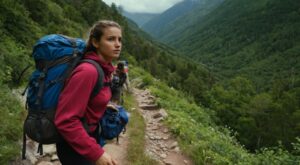
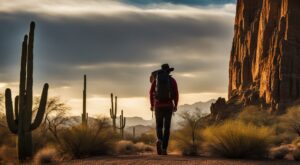
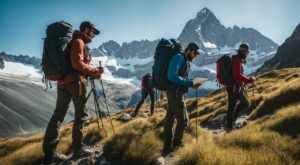
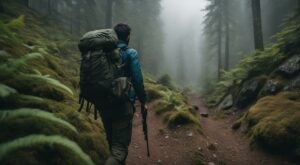
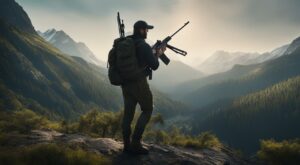

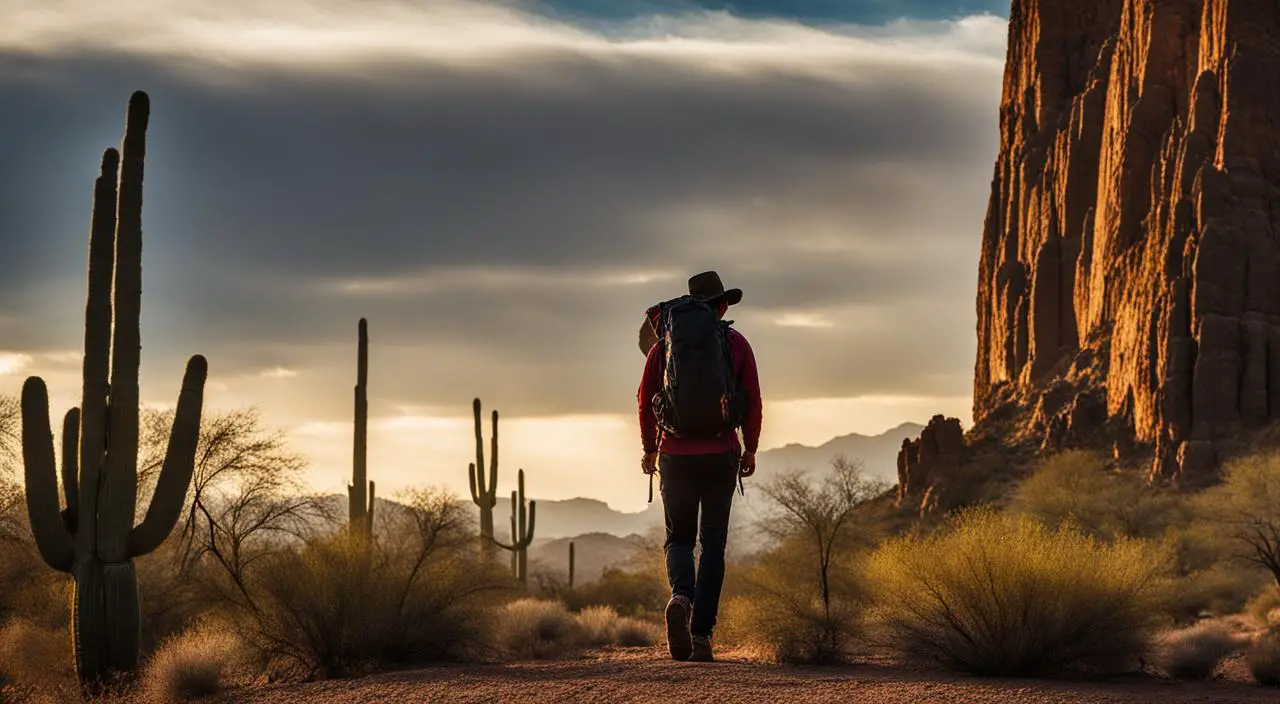
Leave a Reply